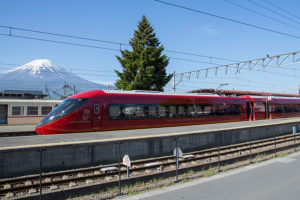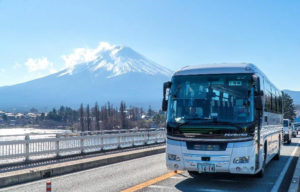Prepare for Mt.Fuji!
Whether you are a first-time climber of Mt Fuji or a repeat climber, make sure you are prepared for the climb!

Let's ask the guide questions during the online meeting.
All tour participants have the opportunity to participate in an online meeting with the guide, and this service is provided free of charge.
Directly ask questions to our experienced mountain guide and clear any doubts!
Equipment
Jump to external page.
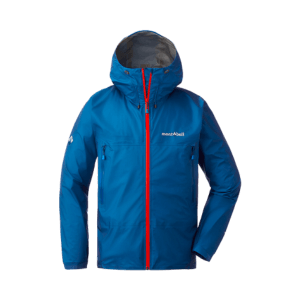
Rainwear
Separate upper and lower rain wear for the mountains. Fishing or golfing gear is also fine.It is best to buy at a mountain gear shop, but can also be purchased at DIY store.Rain wear, vinyl rain wear, ponchos sold at convenience stores and 100 yen shops cannot be used as rain wear on Mt Fuji.Waterproof functionality is important.

Warm clothes
The average temperature at the summit of Mt Fuji is 4.9°C in July and 6.2°C in August, The average wind speed is 8.5 m in July and 7.3 m in August. Two layers of warm clothing are recommended: a fleece and a light down jacket.
Uniqlo clothing is also acceptable.
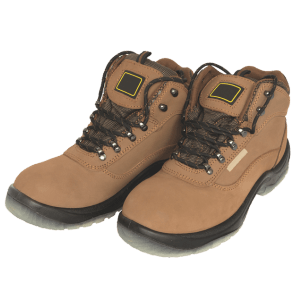
Climber's shoes
The shoes should be mid-cut or high-cut with thick soles and ankle coverage.
The thick soles absorb the impact of the descent, which greatly reduces the strain on the knees and hips. The ankle-covering footwear is more secure and less prone to sprains. The shoes should be tried on.
Choose shoes 0.5-1 cm larger and adjust with socks. Sometimes two pairs of socks are required.
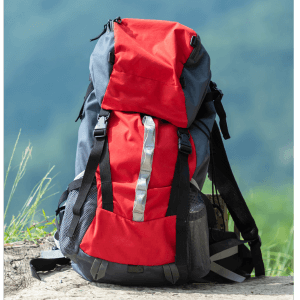
Backpack
A 20-30 litre mountaineering rucksack is recommended. A thick, solid waist belt and shoulder straps are recommended.
It is also important not to carry too much baggage. Take waterproofing measures, for example, by putting a change of clothes, valuables and other equipment that should not get wet in plastic.
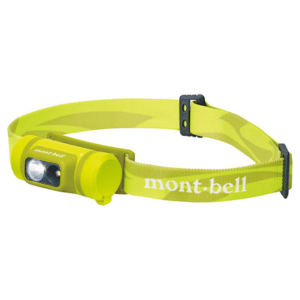
Headlamp
Headlamps are essential on sunrise tours, as you will be walking at night. Even on tours where you do not walk at night, you may need to use a headlamp. The headlamps are not hand-held, but worn on the head.
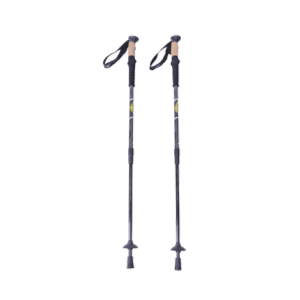
Stock
Use when descending. Two sticks are useful for stabilising the descent and reducing the strain on the knees and hips.
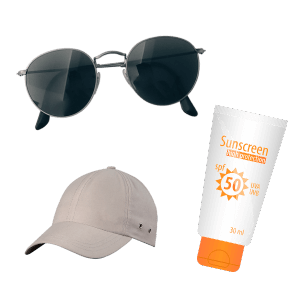
Sun protection
Ultraviolet rays on Mt Fuji are 1.3 times higher than those below. If your skin is weak, you will burn. Waterproof sunscreen, hat and sunglasses are recommended.
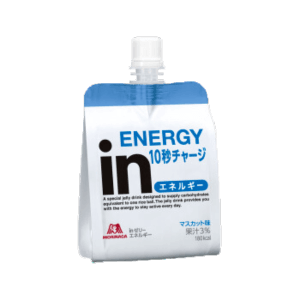
Jelly drink
When we get altitude sickness, we sometimes feel sick and can’t eat solid food. Jelly drinks are a convenient way to get nutrition and water.
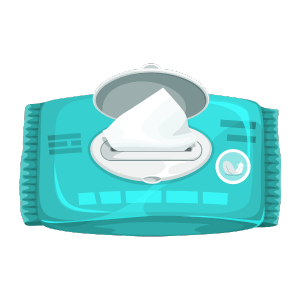
Wet wipes
Fuji, it is useful for wiping your hands and body, as there is no water on Mt.Fuji.

Gloves
Use for protection from the cold and to protect your hands when walking on rocky terrain.Work gloves are also fine, but chemical fibre gloves are warmer.

100 yen coin
Fuji toilets are chip-style and only accept 100 yen coins. It is better to have a few coins to start with.The toilets at the top of the mountain are 300 yen, all others are 200 yen.
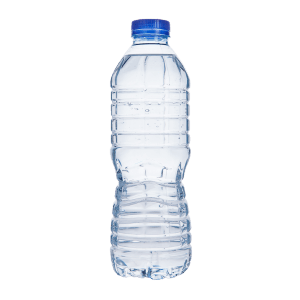
Water
500ml – 1L should be sufficient at first. If you run out, you can buy more at huts along the way.
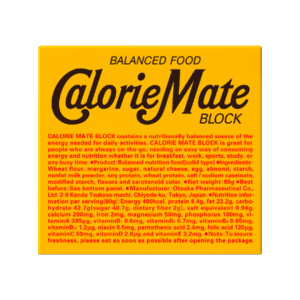
Energy food
Three meals a day for breakfast, lunch and dinner are not enough. It is good to have some energy food such as cookies and rice crackers. You can buy them at the mountain huts along the way.

あと2こいれたい!
Lorem ipsum dolor sit amet, consectetur adipiscing elit. Ut elit tellus, luctus nec ullamcorper mattis, pulvinar dapibus leo.

あと2こいれたい!
Lorem ipsum dolor sit amet, consectetur adipiscing elit. Ut elit tellus, luctus nec ullamcorper mattis, pulvinar dapibus leo.
Insurance
While JIN company and guides have liability insurance, it does not cover injuries or damages resulting from the customer’s negligence.
Most travel insurance, such as insurance provided through credit cards, typically provides coverage for injuries and incidents that may occur during the Mount Fuji climb.
However, please ensure the effectiveness of your coverage at your responsibility.
Typical Rescue Cost
1) Emergency Vehicle from the 9th station to the 5th : 50,000 JPY per person
2) Transportation by horse from 7th station to the 5th : 30,000 JPY per person
3) In Mount Fuji, helicopter rescue operations are not conducted.
Our guides are certified in wilderness first aid. During the tour, our guides always carry a first aid kit, oxygen gas, and emergency radios.
For more information, please refer to this website.
Website: Travel Insurance in Japan
Training
(i) A total of 15 hours over two days, walking the full distance. Leg strength is required due to the ups and downs.
(ii) The air is thin due to the high altitude, so cardiopulmonary function is required.
Three-Recommended Training
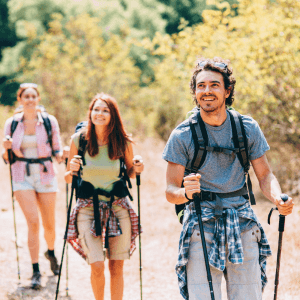
I. Climbing for 3 hours to a day trip.
Walk uphill and downhill trails to strengthen leg muscles.
II. Squatting
Apply a little load every day. Prevents knee pain.
III. Aerobic exercise
Take up aerobic exercise that increases breathing and heart rate.
Support during the climb by the guide
The guide sets a slow, steady walking pace. This not only reduces the physical load, but also gives you more mental space so you can take photos and enjoy chatting while you climb.
Advice on how to walk and how to carry luggage. This helps to prevent injury and altitude sickness.
Expert advice on altitude sickness. Hydration, breathing exercises and stretching are frequently incorporated. We provide pulse oximeter as well.
Access
Our tour starts and ends at Fujisan station(Mt. Fuji Station).
Depending on your schedule, meeting at Mt.Fuji station or Pick-up in the vicinity are also available.
A. Railway
You can reach Fujisan station by train and this is the most accurate and comfortable way.
The Limited Express “Fuji Excursion” is a convenient option. The first train of the day will leave Tokyo (Shinjuku Station) around 7:30 am and arrive at Fujisan Station before 9:30 am. We recommend booking your tickets in advance as the number of seats are limited.
B. Highwaybus
Direct buses from Tokyo area to Fujisan station are convenient way.
From Shinjuku station, Tokyo station, Shibuya station, Haneda A.P., Narita A.P., Yokohama station, Nagoya city, Kyoto city, Osaka city, etc.
The highway buses from Shinjuku fill up quickly, so early reservations are recommended.
To ensure you have enough time before the meeting, please plan for extra time as the highway from Tokyo tends to be busy during the summer.
C. Car
Mt.Fuji in summer has a period of car-free driving restrictions, so please check the latest information.
We recommend to use Highway bus or Railway.
Check here for the latest information on climbing Mt.Fuji!

